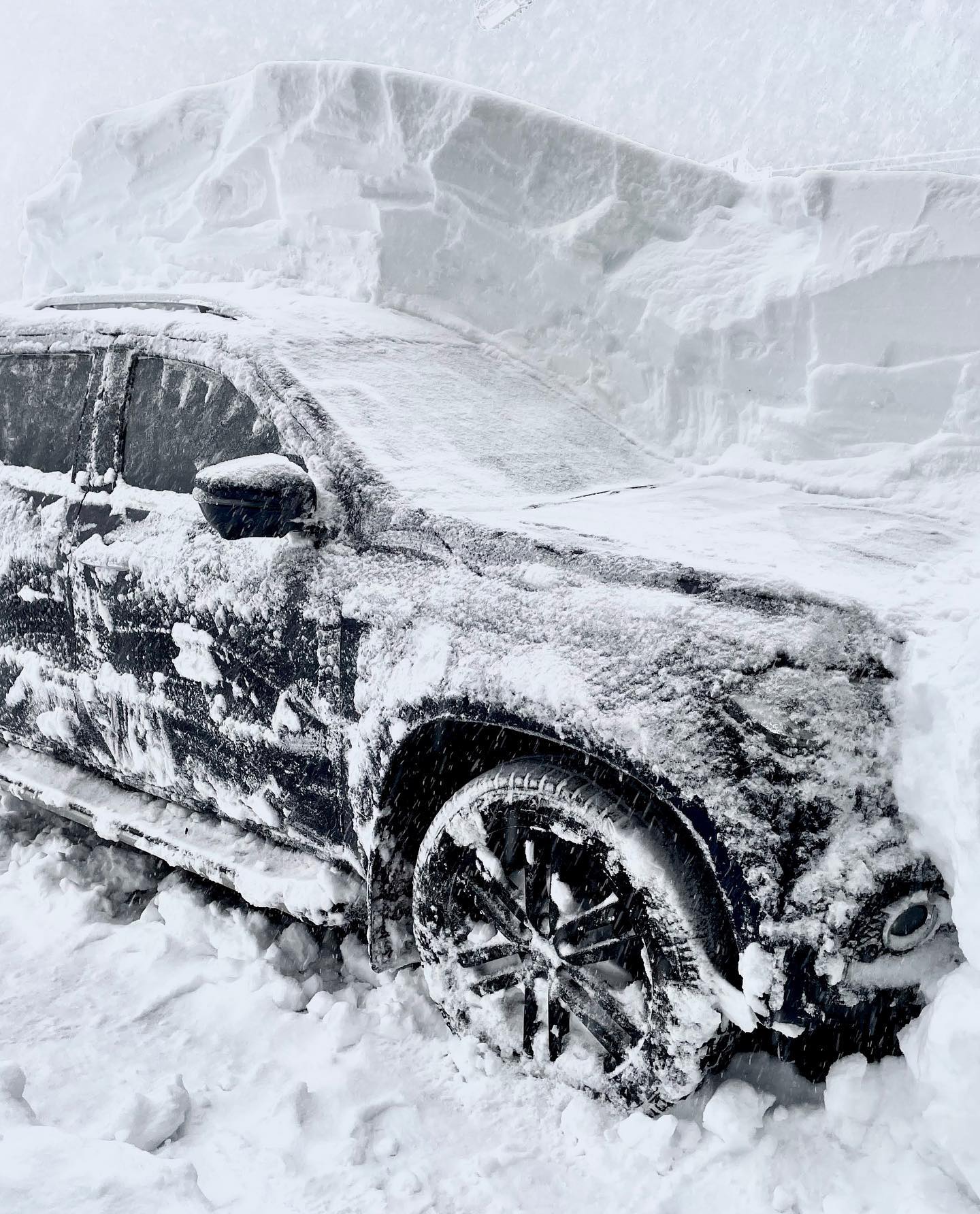Discover About the Regions That Are Famous for Reliable Snowfall
Discover About the Regions That Are Famous for Reliable Snowfall
Blog Article
Understanding the Significance of Snow in Australia for Agriculture and Tourism
While Australia is typically related to sun-kissed beaches and arid outback, it additionally flaunts a wide range of snowy alpine regions. The snow that coverings these regions is much more than an attractive landscape attribute. It offers as a lifeblood for the nation's agriculture and a driving pressure for a financially rewarding tourist industry. As we explore this unusual crossway, the potential influence of changing environment patterns on Australia's snowfall and its subsequent effects become a compelling emphasis.

The Unforeseen Snowfall: Australia's Alpine Regions
When wintertime capes the globe, Australia's Alpine areas wear a white mantle of snow, a spectacle that appears virtually paradoxical in this dominantly sun-baked land. Contrary to the stereotyped photo of Australia as a land of deserts and coastlines, these regions use a gorgeous and surprising contrast. The Australian Alps, stretching across New South Wales, Victoria, and the Australian Capital Area, get even more snowfall than Switzerland. This unforeseen winter season heaven supplies a distinct ecological community, supplying a habitat for a number of native varieties and a snowy playground for winter season sporting activities lovers. The yearly snowfall, although not as plentiful as in some nations, is an essential aspect of Australia's climate diversity and plays a significant function in the nation's farming methods and tourism market.
Wintertime's Bounty: Snow's Contribution to Australia's Water Resources
In spite of its rarity in the wider landscape of Australia, snow in the Towering areas plays a vital role in the country's water resources. Serving as a natural reservoir, the snowpack stores water throughout the chilly months, gradually releasing it right into rivers and dams as it melts in warmer periods. This process makes certain a consistent supply of water, aiding in the stabilization of the nation's water cycle. This is specifically critical for Australia, a continent frequently afflicted by dry spells. The snowmelt feeds into the Murray-Darling Basin, a lifeline for several communities in the southeastern components of the country. Without the bounty of wintertime snow, Australia's water sources would be substantially strained, influencing both the populace and the environment.
White Covering, Eco-friendly Fields: The Impact of Snow on Australian Farming
Although less noticeable, the impact of snow on Australian farming is considerable. Snowfall in the high nation serves as an all-natural type of watering, slowly melting and offering a steady water supply to lower-lying farmland. This water-rich environment fosters the growth of durable crops, adding like it to the country's agricultural performance. Snowfall improves dirt health by presenting wetness and capturing nutrients, which are gradually released as the snow melts. This process improves the soil, promoting the development of much healthier, a lot more resistant crops. Furthermore, snow cover serves as a protective covering, insulating the ground versus severe winter temperatures that could otherwise damage crops. Hence, the function of snow in Australian farming is both important and multifaceted.

Cold Cash: Snow Tourism and Its Economic Relevance in Australia
While the value of snow to Australian agriculture is usually underestimated, its contribution to the nation's tourist industry is their explanation undoubtedly significant. The snow-laden heights of Australia's towering regions draw in a flurry of travelers every winter season, contributing millions to the nationwide economy. Thus, the economic significance of snow tourist in Australia prolongs far beyond the click here to read slopes.
Future Projection: Climate Change and Its Potential Impacts on Australia's Snowfall
As the world grapples with the truth of environment change, so too should Australia consider its potential effects on the nation's snowfall. Such changes intimidate the practicality of Australia's ski industry, which contributes significantly to the regional economic situation. The possible results of these adjustments underline the urgency of environment adjustment reduction efforts, both in Australia and internationally.
Verdict
In conclusion, snow is a pivotal component of Australia's agricultural and tourist fields. The looming risk of environment change raises worries regarding the future of Australia's snowfall patterns, potentially disrupting these substantial economic industries.

When winter season capes the globe, Australia's Alpine areas wear a white mantle of snow, a phenomenon that appears almost paradoxical in this dominantly sun-baked land.Regardless of its rarity in the more comprehensive landscape of Australia, snow in the Towering areas plays an essential role in the country's water sources. Without the bounty of wintertime snow, Australia's water resources would be significantly strained, impacting both the populace and the environment.
Hence, the financial significance of snow tourism in Australia extends much beyond the slopes.
In final thought, snow is an essential aspect of Australia's farming and tourism fields. Does Australia Get Snow.
Report this page